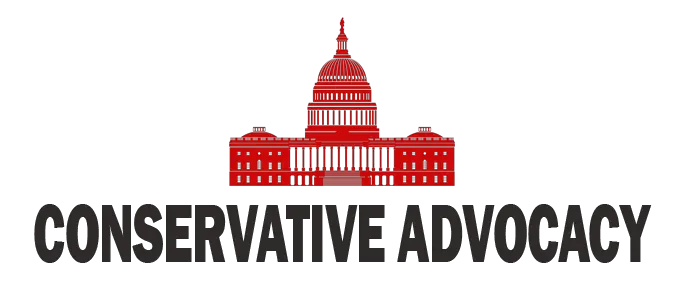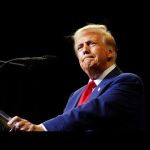President Trump’s declaration of “Liberation Day” has sent shockwaves through the global economic and political landscape. Announcing sweeping tariffs under the guise of “reciprocity,” Trump has imposed a baseline 10% tariff on all imports into the United States, with higher rates targeting countries deemed to have unfair trade practices. Nations like China, the European Union, and South Korea face additional levies ranging from 20% to nearly 50%, as the administration seeks to address what it calls “horrendous” trade imbalances. For Trump’s supporters, this bold move is a long-overdue correction of decades of economic exploitation; for critics, it’s a dangerous gamble that risks global retaliation and domestic inflation.
The president framed these tariffs as a necessary step to restore American manufacturing and protect national security. During his remarks, Trump lambasted previous administrations for allowing foreign competitors to “loot” U.S. industries while imposing exorbitant tariffs on American goods. He argued that these new measures would level the playing field, incentivizing domestic production and reducing reliance on foreign supply chains—a particularly pressing concern in sectors like pharmaceuticals and electronics. For many conservatives, this marks a return to economic sovereignty, prioritizing American workers over globalist trade agreements.
However, the response from abroad has been swift and sharp. China has vowed countermeasures, calling the tariffs “unilateral bullying” that violates international trade norms. The European Union is preparing its retaliatory actions, including potential restrictions on U.S. tech companies and financial institutions. Even allies like Japan and South Korea have expressed dismay, with their leaders warning of severe economic repercussions. While some nations are seeking negotiations to avoid escalation, others appear ready to dig in for a prolonged trade standoff.
Domestically, reactions have been mixed. Many Republicans have rallied behind Trump’s aggressive stance, viewing it as a necessary correction to decades of lopsided trade policies that hollowed out American industries. Yet, some GOP lawmakers and business leaders have expressed concerns about the potential for rising consumer prices and job losses in export-dependent sectors like agriculture and manufacturing. Economists warn that these tariffs could exacerbate inflationary pressures already straining American households.
Ultimately, Trump’s tariff policy underscores his broader vision of economic nationalism—a rejection of globalist frameworks in favor of bilateral deals that prioritize U.S. interests. Whether this strategy will yield long-term benefits or provoke a costly trade war remains to be seen. What is clear, however, is that Trump has once again reshaped the political conversation around trade, forcing both allies and adversaries to reckon with an America unwilling to play by the old rules. For better or worse, “Liberation Day” marks a turning point in U.S. economic policy—one that will likely define Trump’s legacy for years to come.




